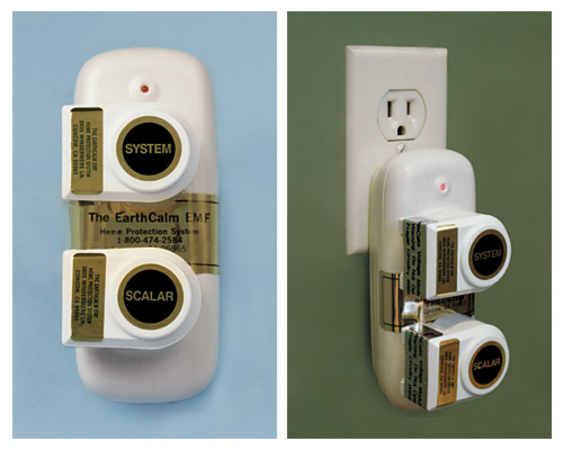If you reside in a house or apartment or simply would like to keep your home free of EMFs There are plenty options to limit your exposure. One of the most straightforward is to reduce the use of electronic devices. It is also possible to use EMF block paint to stop EMF radiation from reaching your house. Another way to shield your house from EMF radiation would be to use an RF shielding canopy. This is a cloth of net that has EMF shielding. It's used to stop EMFs from entering rooms. Another option is to have your home equipped with an enclosure that is conductive. They are referred to as Faraday cages.
Numerous studies have demonstrated how the EMF that is not ionized has antiproliferative effects in HCC cells. website of AM RF EMF's anticancer activity in vitro is believed be based on the downregulation in cancer-related stem cells. This could be the reason for the long-term response seen in some patients with advanced HCC. But, Click here for info for AM EMF's effects on cancer patients isn't clear.
The effects of AM RF EMF on HCC tumor growth in vivo were studied in mice. The tumors were separated in three different groups. The first group was not exposed RF EMF. The second group was exposed to RF EMF at a frequency that is similar to that used in humans. The third group was exposed to RF EMF with HCC-specific modulation frequencies. The effect of HCCMF on tumours was evaluated against that of RCF. The results indicated that tumors treated by HCCMF showed significant shrinkage. However, https://etextpad.com/ treated with RCF didn't show evidence of shrinkage in the tumour.
The mechanism of tumor-specific AM RF EMF could be based on the fact that cancer cells require Cav3*2 type voltage calcium channels for proliferation and down-regulation. AM RF EMF's ability to inhibit proliferation on HCC cells is caused by CACNA1H the protein that is responsible for the influx of Ca2+ specific to tumours. The results suggest that CACNA1H could have more broader implications for the diagnosis and treatment of a variety of cancers.

The tumors in the controls were never exposed to EMF from radiofrequency, and fed a normal mouse diet. The tumours in the HCCMF group were treated with Huh7 cells when they were between five and seven weeks old. The tumours were then euthanized when they showed excessive burden.
The tumors in the three groups also displayed different growth curves. The tumors treated with HCCMF had a significant reduction in tumour size after eight weeks. However, the tumours that were treated using RCF didn't show shrinkage. The difference was highly significant. The tumours treated with RCF had necrosis that is common when tumors are exposed to RCF. There is a possibility that the necrosis is caused by the lack of oxygen in larger cancers.
In sum, the results suggest an AM-RF EMF has anti-cancer properties in vitro as well as in vivo. Numerous studies have demonstrated it is true that AM RF EMF produces measurable tumour shrinkage for HCC patients. The possibility is that the AM EMF causes these effects due to CACNA1H, a protein involved in the tissue-specific Ca2+ influx. In addition, AM RF EMF may exert a sustained impact on the development of HCC tumors in living tissue.
